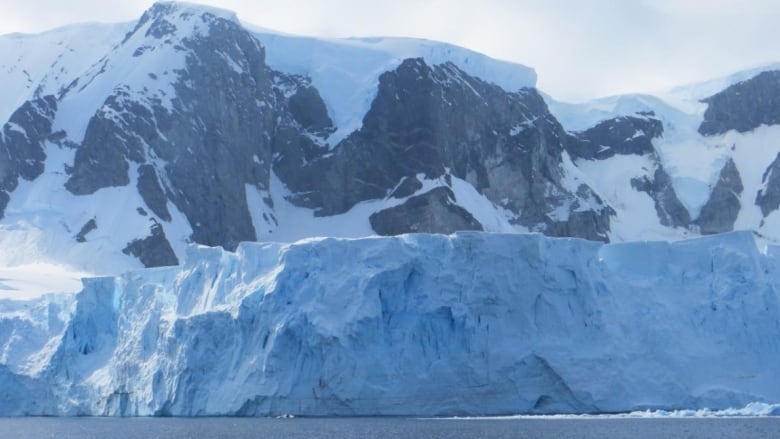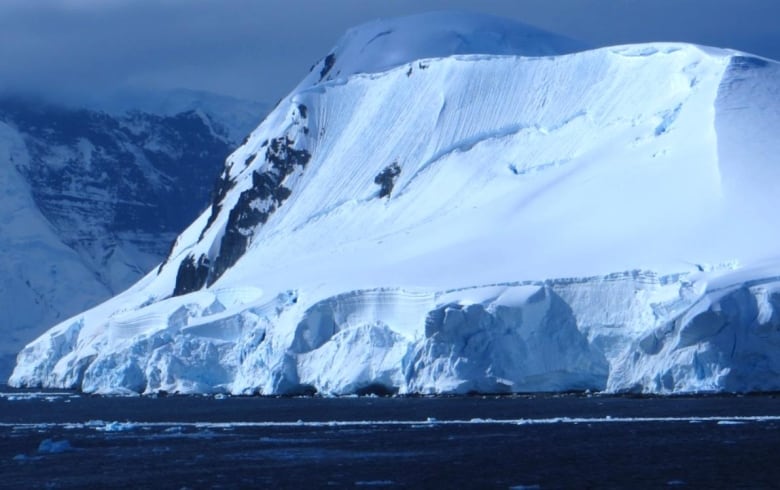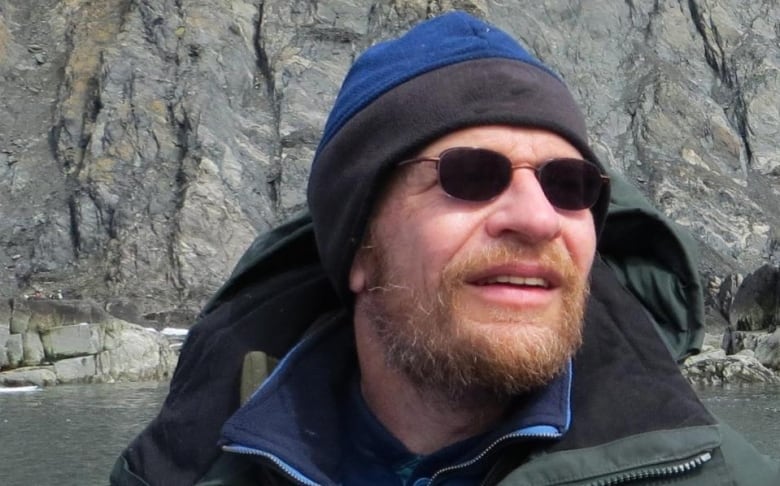Tall ice cliffs are slumping and may trigger rapid sea-level rise, study finds

Scientists have found that tall ice cliffs in Greenland are slumping — and this may eventually lead to a more rapid rise in sea levels.
The study, published this month in the journal Geology, suggests ice on glacial cliffs in Greenland and Antarctica are acting like soil and rock by slumping — which refers to when weakened sediment breaks apart from land and slides down a slope.
“It’s sort of like a human slumping down in an easy [recliner] chair,” said Richard Alley, one of the authors of the paper and a professor of geosciences at Pennsylvania State University.
Alley’s team studied the Helheim, one of Greenland’s largest glaciers, and found slumping on ice cliffs as tall as 100 metres above sea level, and 900 metres below.
“What we see in Greenland is the stuff above the water slumps down as if in the easy chair. But it was holding down this giant iceberg below the water that is almost 10 times as high.
“And then that breaks up.”

When the ice slumps, it rotates, then the ice below the sea will pop up, Alley said. In turn, that creates a crack in the ice, which weakens it and leads to calving — a huge chunk of ice breaking off.
“It does so fairly dramatically,” said Alley. “There are 50-storey splashes.”
Alley said these big calving events happen very quickly and can cause earthquakes with a magnitude of up to 5.0 “that you could hear in Yellowknife or … down in the States.”
Researchers observed, mapped and monitored the speed and motion of the calving ice on the Helheim using seismometers and scanning technology called real-aperture terrestrial radar interferometry, said Alley.
Why is slumping ice worrisome?
Alley said as the climate gets warmer, the ice cliffs could get taller.
As glaciers retreat farther inland due to melting, there may be thicker ice — sometimes upward of 3,500 metres thick in parts of Antarctica — which would create massive ice cliffs, said Alley.
“What we’re worried about is that if things go wrong in Antarctica, that eventually it will make cliffs that are so high that they can break without much weight.”

He explained that normal calving happens after the ice melts and weakens due to warming. On the other hand, taller ice cliffs can slump and break off more rapidly.
“Rather than, ‘Break — wait a long time — break,’ it [would] go, ‘Break. Break. Break. Break. Break.’ That would be bad for sea level.”
“If we continue to make it hot … then sea level rise might be very rapid,” said Alley, adding that it could rise three metres in a matter of decades once the super tall ice cliffs started slumping.
That could impact coastal cities, people living on islands, and even some airports that aren’t much higher than sea level, said Alley.
Alley said the team plans on studying what the anatomy of the ice is like on these glaciers that slump, and work on measuring just how much warming is needed to create the massive cliffs — “at which point there’d be real trouble.”
Related stories from around the North:
Canada: Glacier melt in Arctic Canada exposes plants frozen under ice for 40,000 years, CBC News
Finland: Finnish climate heating up: report, Yle News
Greenland: Faster ice melt in Greenland could mean stronger hurricanes for North America’s East Coast: study, CBC News
Norway: Climate change is driving micro-algae blooms into High Arctic and may affect food chains, says study, Eye on the Arctic
Russia: Russian research vessel heads for High Arctic for sea ice study, The Independent Barents Observer
Sweden: Groundwater levels unusually low in Sweden despite melting snow, Radio Sweden
United States: New map shows what Bering land bridge looked like 18,000 years ago, CBC News



